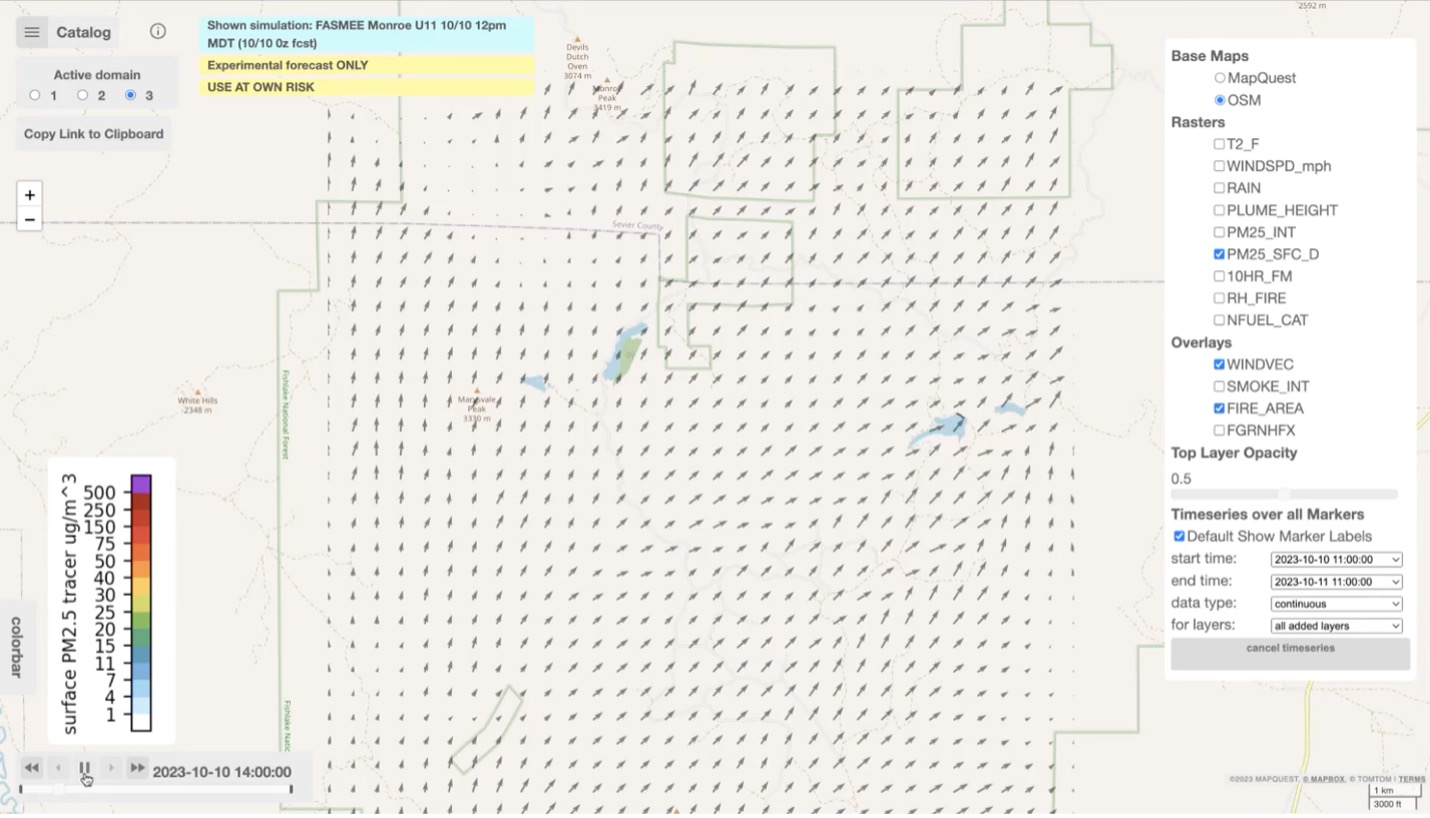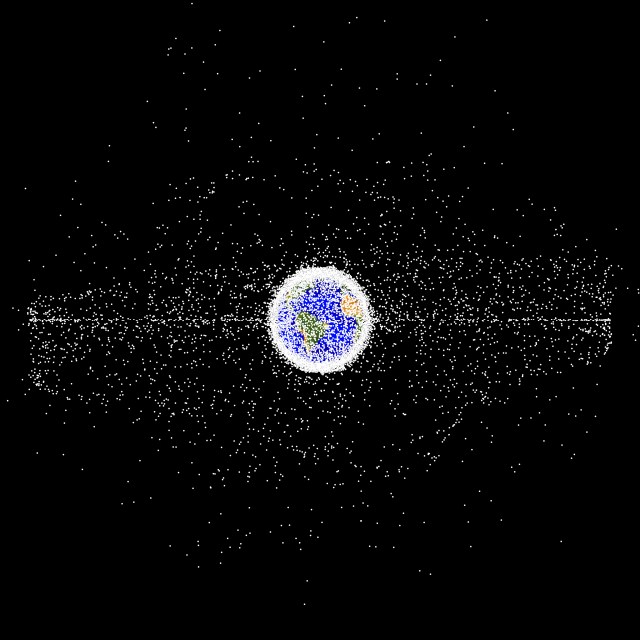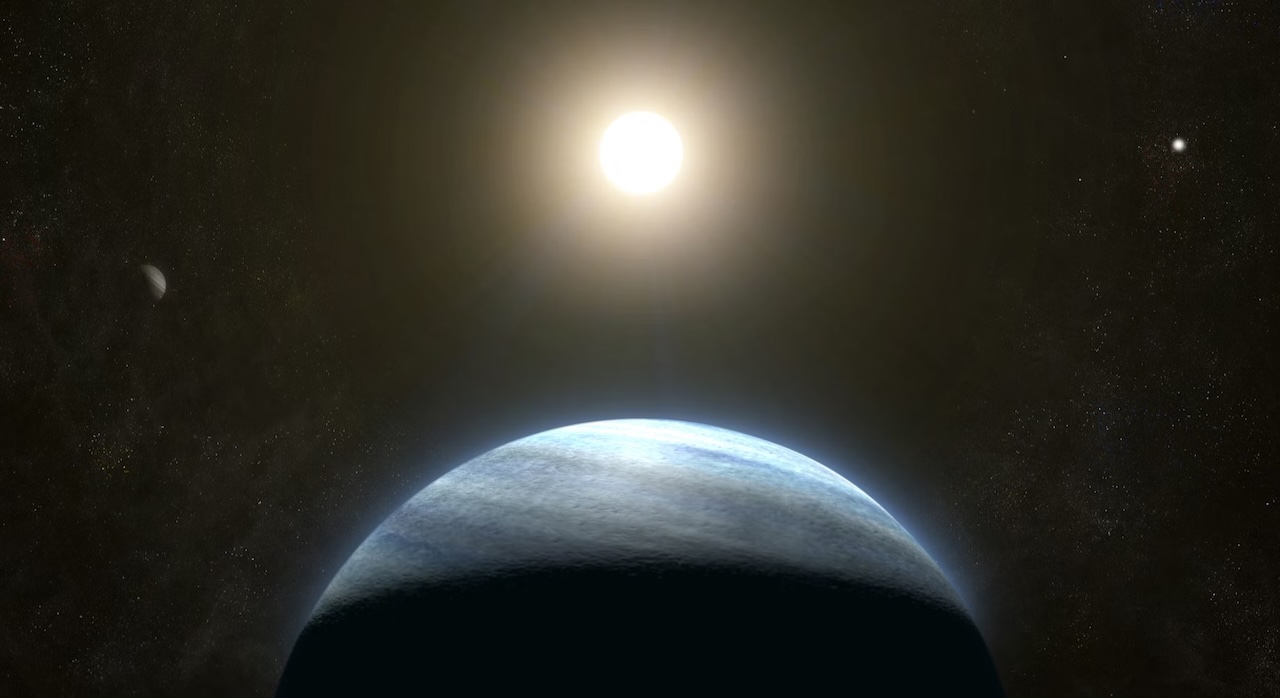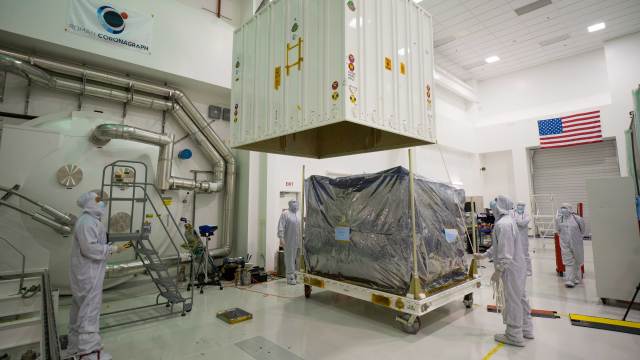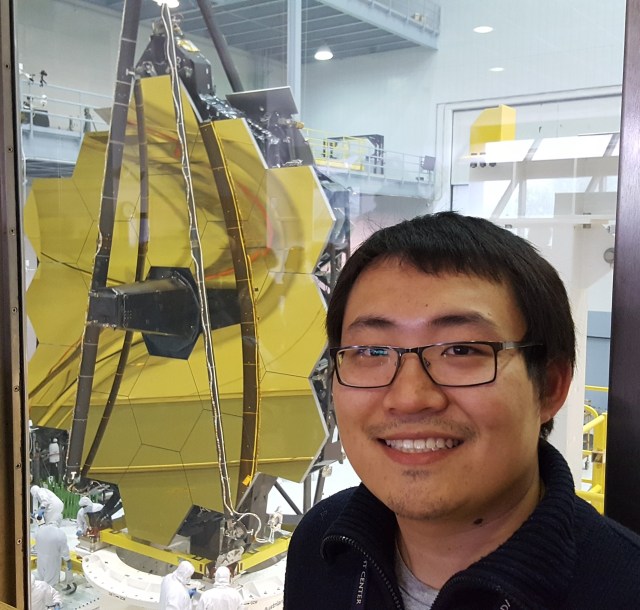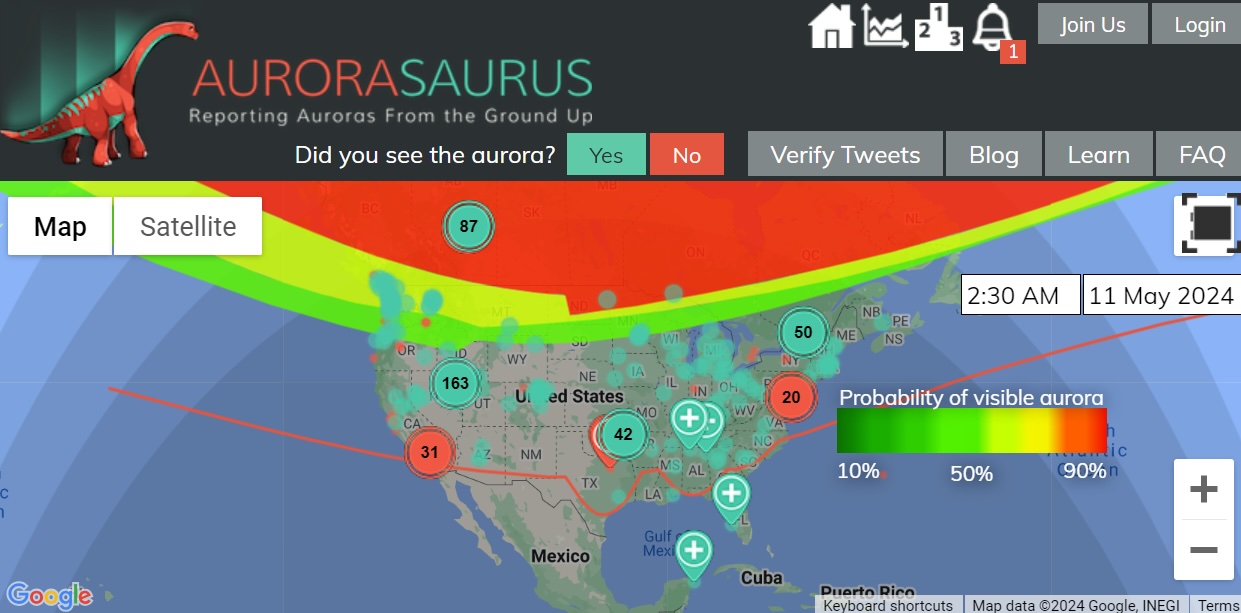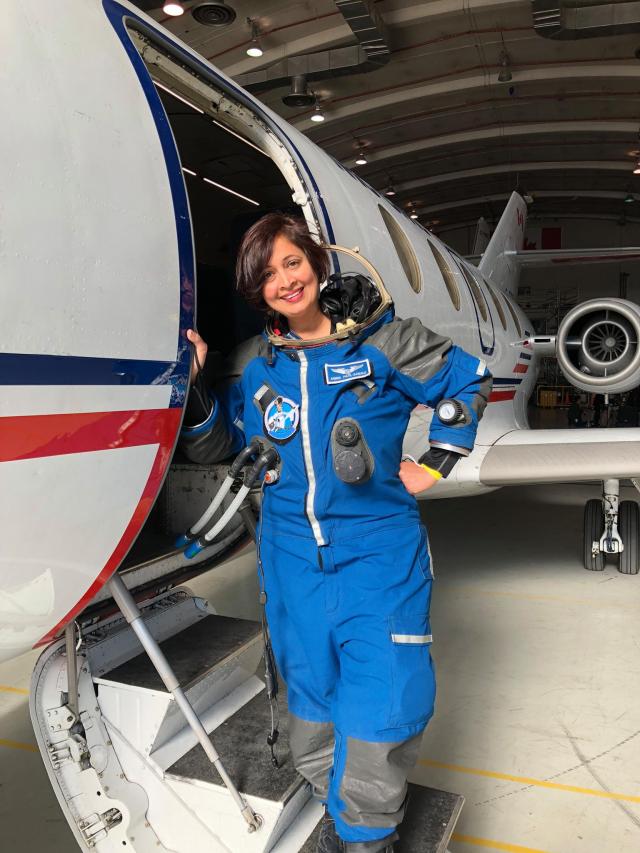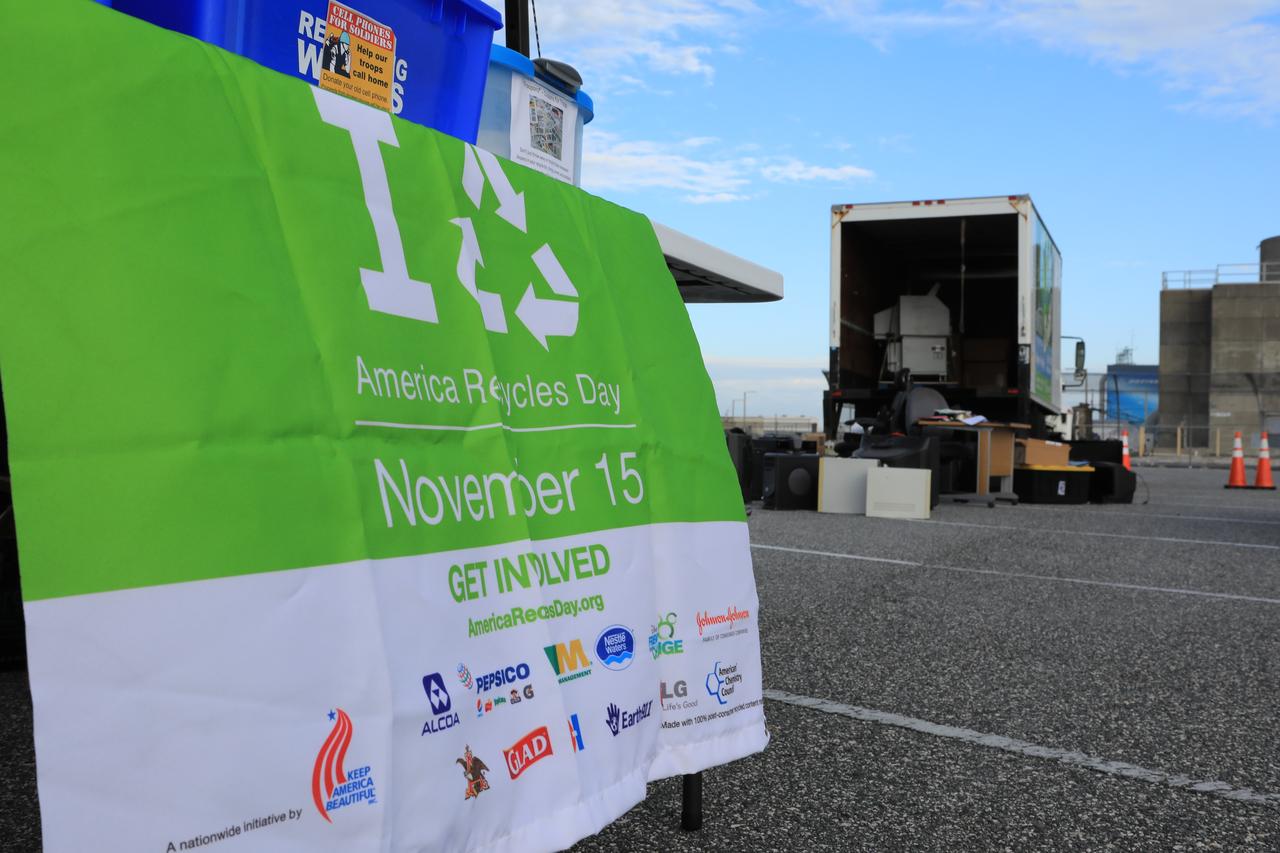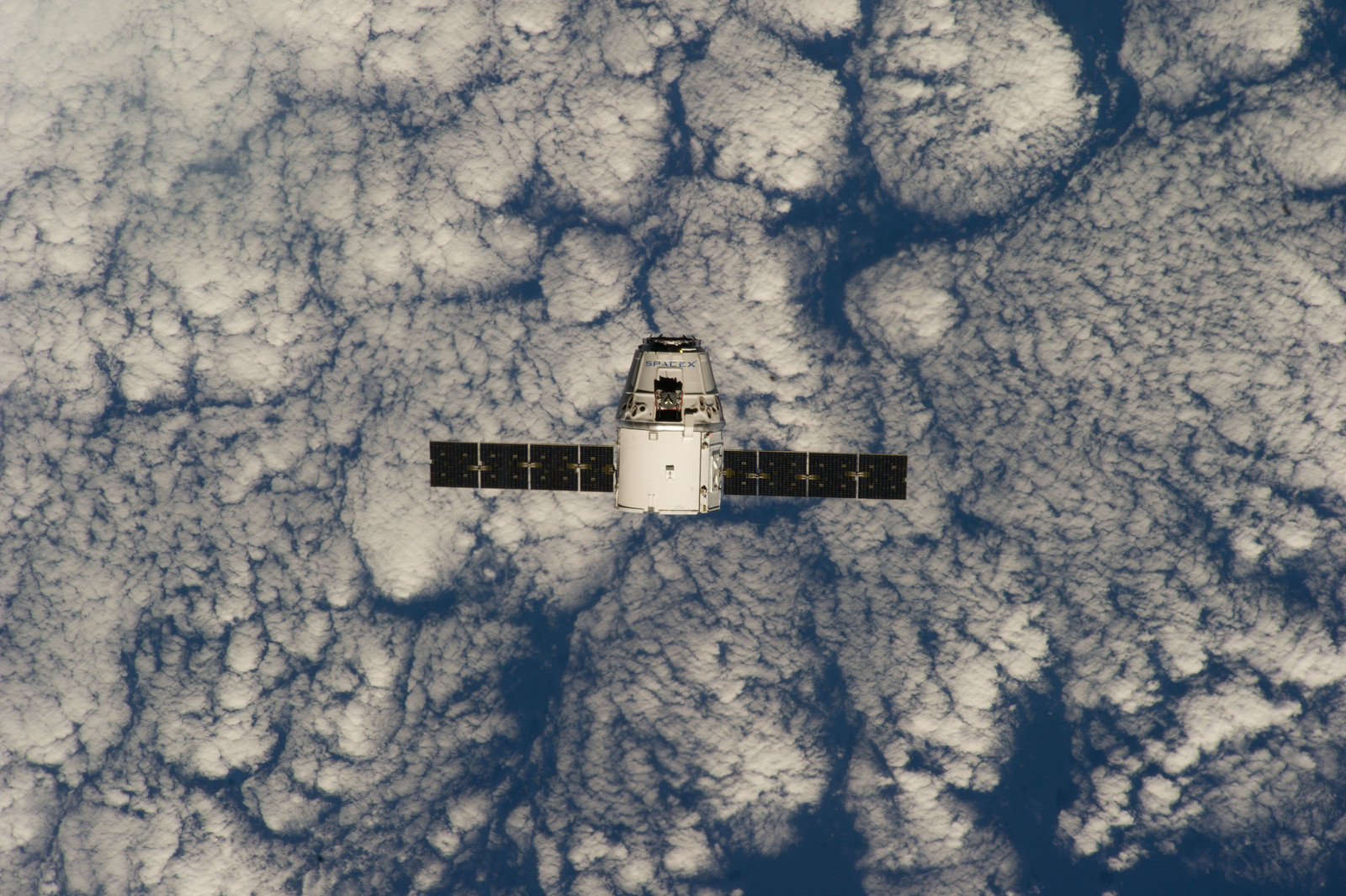Waste and Pollution
NASA’s overarching strategy for reducing waste is advancing waste prevention practices that lead to saving natural resources, conserving energy, reducing pollution, reducing waste toxicity, and saving money. Actions to reduce non-hazardous waste generation and increase waste diversion follow the U.S. Environmental Protection Agency’s Waste Management Hierarchy Pyramid.
What’s Up?
Waste Goal: 1.0% reduction in solid waste generated from the previous year; and 50% diverted from landfill annually
Progress for FY 2021: 4.8% reduction in solid waste generated from FY 2020 (562.4 metric tons) 52.6% diverted from landfill (6468 metric tons)
Several actions are underway to support and improve hazardous and non-hazardous waste reduction efforts.
- Technical Resources and Program Support
- Provide technical resources and program implementation support to community-of-practice members across the Agency, focusing on source reduction, reuse, recycling, composting, and energy recovery.
- Center Recycling Programs
- Support improvements to Center recycling programs by identifying and exploring new opportunities and using Agency web-based collaborative tools to facilitate training, problem solving, and knowledge sharing.
- Environmental Management Systems (EMS)
- Use EMS to assess opportunities to improve waste reduction at the Centers and prioritize efforts for greatest impact.
Did You Know?
Each NASA center recycles based on the regionally available markets for waste.
@NASAfreecycle is a database set up for center internal or center to center transfers of materials typically office related reuse opportunities.
Excess refrigerant such as Freon that is still usable can be transferred from center to center as an alternative to disposing of it. Contact Kris Hewitt, RSA/Sustainability Team or Jennifer Flavin RACC to get started. LMD tracks center to center transfers including – refrigerants, weapons, recycling bins etc., and petroleum containing equipment.
Pollution Prevention (P2) example: Biobased weapons cleaners, lubricants, protectants (CLP) are being tested across centers to replace petroleum products used for weapons maintenance.


